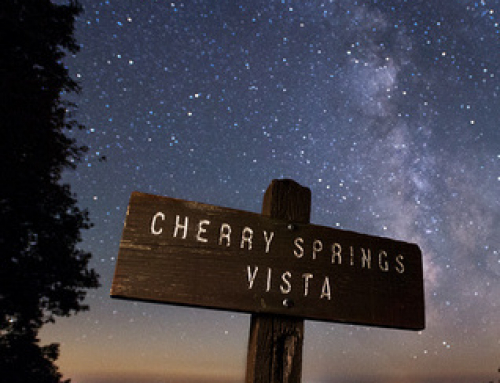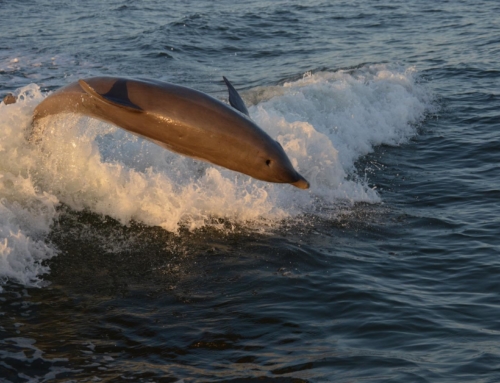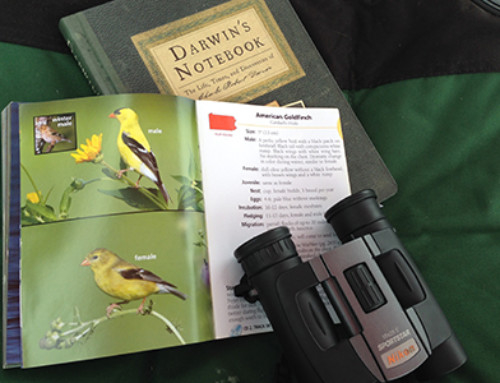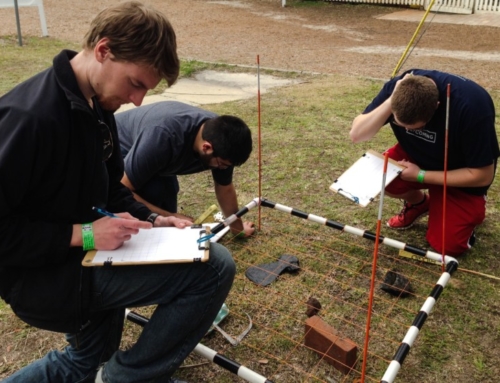
Trailer sailing works for powerboats and for sailboats
Living in Northcentral Pennsylvania is advantageous for land-locked sailors. In addition to several large lakes and reservoirs nearby, boaters can use the Finger Lakes of New York.
Trailering a boat from Williamsport to the Finger Lakes is easier than it sounds. It’s little more than a one-hour drive on U.S. Route 15 from Williamsport to the New York border, and then 45 minutes more to Seneca Lake in Watkins Glen, or one hour to Cayuga Lake in Ithaca.
The Finger Lakes are glacially formed, linear lakes in upstate New York. Each lake is oriented on a north-south axis and reminded early map-makers of the fingers of a hand.
The lakes are New York’s largest wine-producing region with wineries and vineyards centered on Seneca, Cayuga, Canandaigua, and Keuka lakes.
Seneca is the second deepest lake in the United States. It is promoted as the trout capital of the world, and is host of the National Lake Trout Derby, Because of its depth, Seneca Lake has been a testing site for submarines. The lake takes its name from the Seneca nation of Native Americans.
Cayuga Lake also is very popular among recreational boaters. The Allan H. Treman State Marine Park, a large state marina and boat launch, is located at the southern end of the lake in Ithaca. There also is a yacht club on the western shore a few miles north of Ithaca, and several other marinas and boat launches scattered along the lake shore
But if you go boating on Cayuga, beware of “Old Greeny.”
.jpg)
Boating Season on Cayuga Lake
For more than 200 years, rumors have circulated of a Loch Ness-type creature haunting the deep waters of the lake. The Ithaca Journal reported, in a Jan. 5, 1897 article, the 69th annual appearance of a sea serpent that the paper dubbed, “Old Greeny.”
“The members of the Journal staff have been living in daily anticipation of the monster’s appearance, and have actually shunned assignments which would take them near the water’s edge for fear of being compelled to shudder and tremble at the sight of him,” the article read, adding that an area resident was driving along the lake’s east shore when he saw the large, long sea serpent, “although a ‘tramp,’ who had also seen the creature, later told a Journal reporter that he believed it was actually a muskrat.”
Then, in 1929, the Journal reported that two sea monsters, about 12- to 15-feet long, had invaded Cayuga Lake, attributing the sighting to cottagers along the east shore. It was theorized that “Old Greeny” was a sturgeon that had entered the lake during high water and the paper reported that a sturgeon had been captured in Fall Creek by a fisherman.As recently as 1979, Jack Marshall, owner of J.T. Marshall Professional Diving Service, claimed to have seen some sort of serpent.
“There really is something there,” Marshall told Journal reporters. “I never used to believe it, but Cayuga Katie made a believer out of me.”
Marshall said he was boating with some friends on the lake one spring evening that year when he saw a log in front of the boat. Marshall called for the boat to stop, but the 30- to 35-foot long creature had disappeared underneath the surface, leaving ripples of water in its wake.
“I haven’t seen it since,” Marshall said.
Seneca Lake in New York is large and accommodating for both power and sailing vessels. These boats were launched from the Watkins Glen marina.
Seneca Lake is the second deepest lake in the United States and has been a testing site for submarines. At 38-miles long, It is the second longest of the Finger Lakes and has the largest volume, estimated at 4.2 trillion gallons, which is half of all the water in all the Finger Lakes. It has a maximum depth of 618 feet and a surface area of 42,800 acres. It’s perfect for sailors with large, fast boats, such as trimarans.
Cayuga Lake is the longest of western New York’s glacial Finger Lakes, and is the second largest in surface area and volume. It is less than 40 miles long, 3 and one-half miles wide and 435 feet deep. Many boaters reserve seasonal slips at the Allan H. Treman State Marine Park, located at the southern end of the lake.


.jpg)











